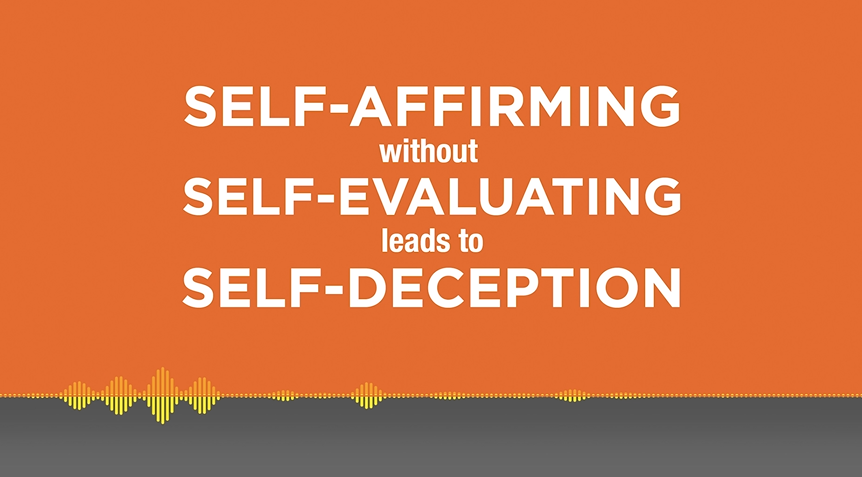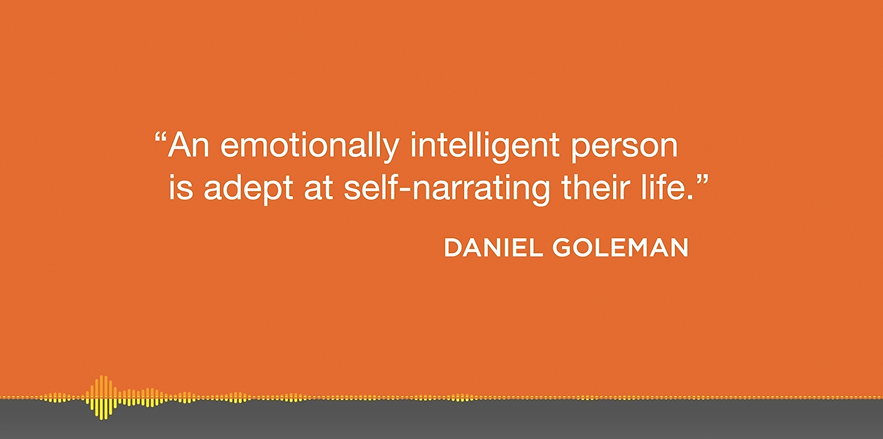Speaking to Yourself
The Fulling Management & Accounting team has started watching a new video series! Every week in our staff meetings, we watch a culture & leadership video to aid in our professional and personal development. The series we’re watching now is by Clay Scroggins and is based on his book How to Lead in a World of Distraction.
This week’s video is Speaking to Yourself. Clay Scroggins explains that, “learning how to speak to yourself in a healthy way is one of the greatest ways to turn down the noise.” As Daniel Goleman, the grandfather of emotional intelligence, said, “An emotionally intelligent person is adept at self-narrating their life.” Your emotional health is dependent on appropriately narrating your life.
It’s so important to regularly ask yourself “What am I feeling?”, “What am I experiencing?”, “What’s underneath this?” Here are two ways to apply self-talk and self-leadership to your days:
What do you tell yourself in the morning? - If you start your day in a negative way, it will direct your brain to find negativity throughout the day. Our team members realized that their days go better when they have calm solitude in the morning. Most of the Fulling team is task-oriented so it’s difficult not to look at our schedule or tasks first thing in the morning.
What do you tell yourself throughout the day? - Asking self-regulating questions throughout the day can help you move forward. Questions like “What would a great leader do?”, “What advice would I give myself?”, “Why am I saying Yes to this?”, and “Why am I worried about this?”
We don’t need to entertain every thought we have. Ask your thoughts, “Who sent you here? What’s the point of you being here"?” and then decide whether or not to listen to it. This will help you become a better self-leader.
What thoughts/activities do you start your day with?
What questions would be helpful to ask yourself during the day?




